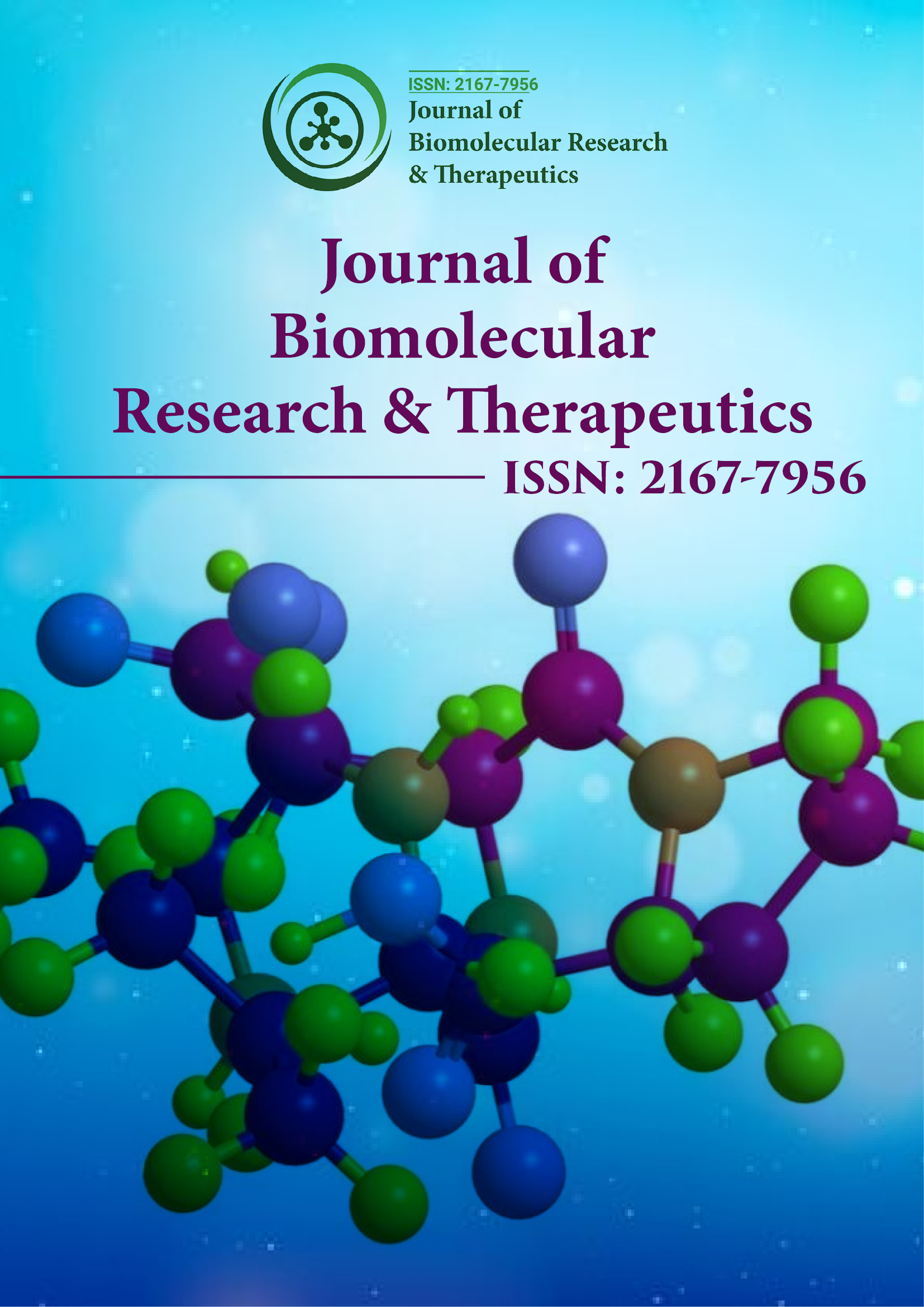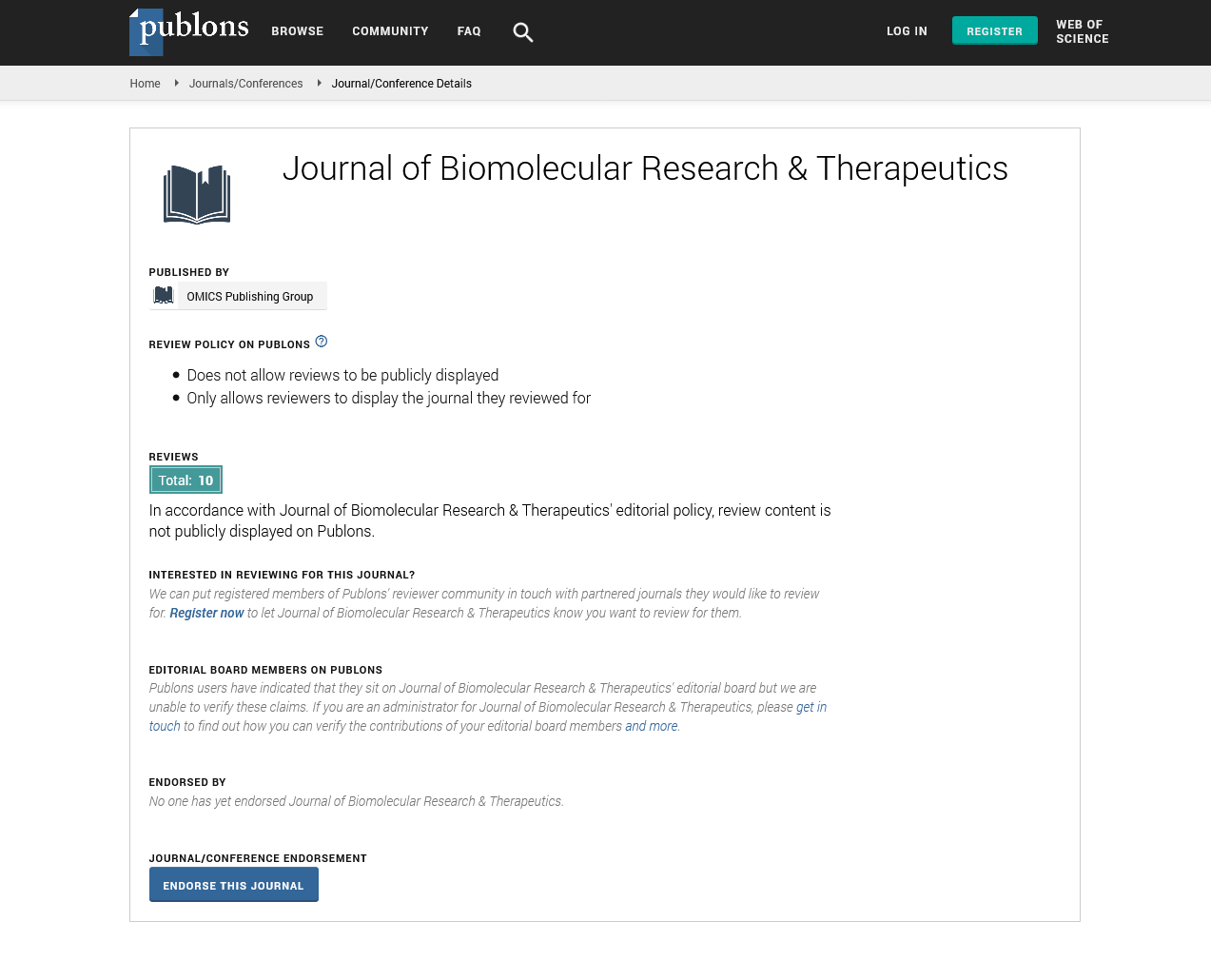Indexed In
- Open J Gate
- Genamics JournalSeek
- ResearchBible
- Electronic Journals Library
- RefSeek
- Hamdard University
- EBSCO A-Z
- OCLC- WorldCat
- SWB online catalog
- Virtual Library of Biology (vifabio)
- Publons
- Euro Pub
- Google Scholar
Useful Links
Share This Page
Journal Flyer

Open Access Journals
- Agri and Aquaculture
- Biochemistry
- Bioinformatics & Systems Biology
- Business & Management
- Chemistry
- Clinical Sciences
- Engineering
- Food & Nutrition
- General Science
- Genetics & Molecular Biology
- Immunology & Microbiology
- Medical Sciences
- Neuroscience & Psychology
- Nursing & Health Care
- Pharmaceutical Sciences
Abstract
Can We Tame Glucocorticoids? Blood Tyrosine as a New Laboratory Test
Irma Th. Rass
Glucocorticoid (GC) preparations are used in medicine for about 70 years as the most powerful anti-inflammatory drugs also possessing immunosuppressive, anti-allergic and antitoxic properties. However, application of these unique preparations is associated with nearly inevitable serious adverse effects and a difficulty of their withdrawal. It is very important that the adverse effects are caused not by toxic action of GC preparations but by their hormonal nature. Glucocorticoid hormones directly or indirectly control virtually all metabolic and physiological processes in the body. However, for these virtually omnipresent and vitally important hormones there is no representative specific index of action similar to blood content of glucose for insulin. The present paper considers specific features of tyrosine metabolism that allows us to consider changes in blood tyrosine content as manifestation of regulatory action of GCs. Changes in blood tyrosine content were compared with using GC preparations in two typical cases: in systemic lupus erythematosus and in congenital adrenal virilizing dysfunction in children. Blood tyrosine behavior was also considered in rats after adrenalectomy and on injecting them with hydrocortisone. Based on these observations, it is proposed to use blood content of tyrosine as a laboratory test for reasonable prescribing GC preparations and monitoring their dose. Blood tyrosine behavior in comparison with adrenocortical response is also considered in influenza.

